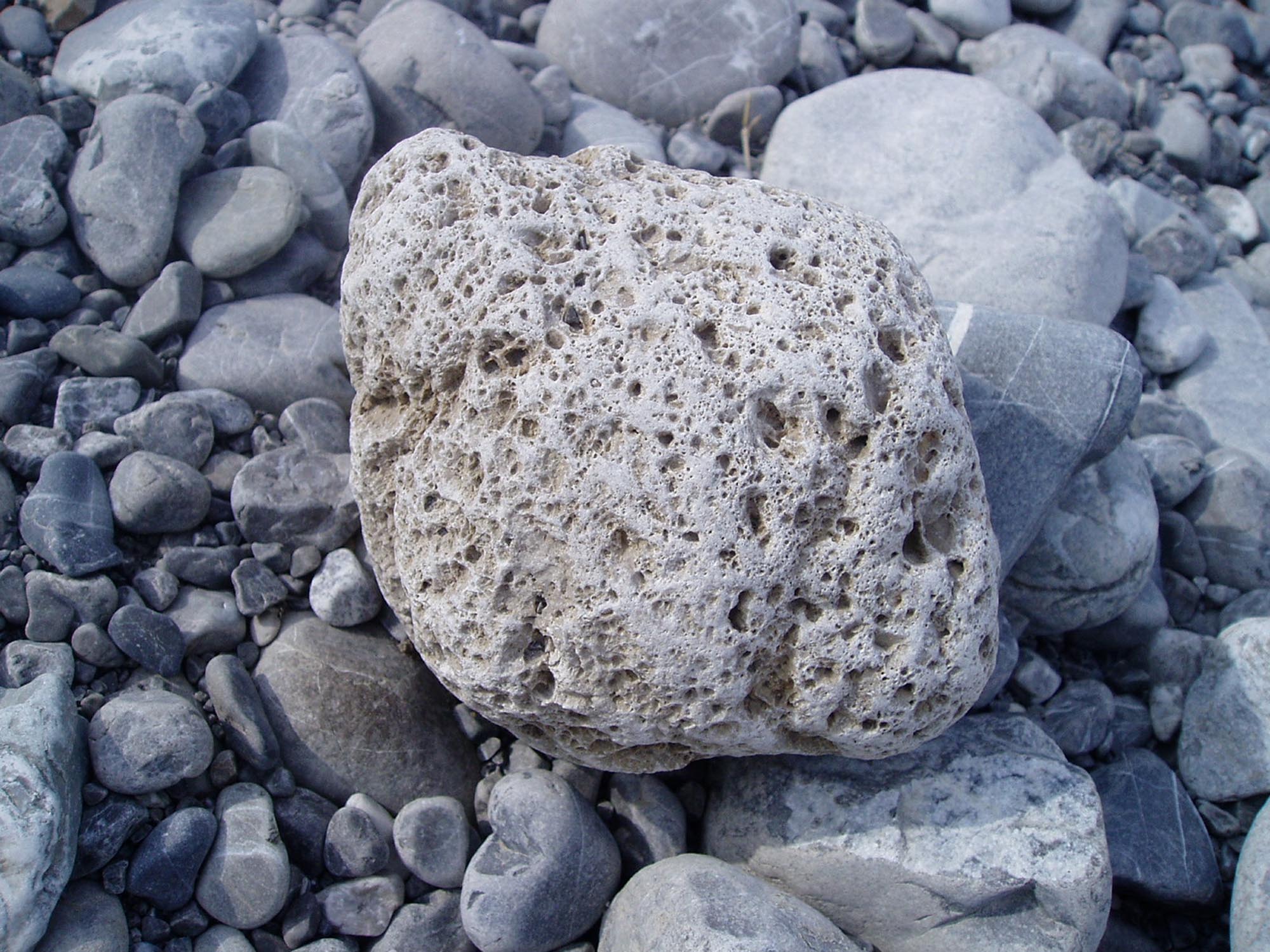
In the Upper Triassic around 220 million years are the Raibler layers in shallow seas with numerous reefs. The climate was dry and hot and subtropical. The introduction of sand and mud by rivers led to the death of the reefs. Today, these deposits can still be found in the Claystones and sandstones of the Raibl strata.
However, other stones can also be found under the term Raibl layers. Besides Rough Wacke and Lime you can also find Gypsum and dolomite. These stones were formed in bays that were cut off from the sea. There, the evaporation of the seawater led to the precipitation of gypsum crystals from the brine.
The Raibler layers do not form rugged peaks. The weathering of the soft, clay-rich and gypsum-bearing strata creates good soil and forms lush alpine meadows. This parent rock, which is well suited to soil formation, also forms valleys, gullies and hollows.